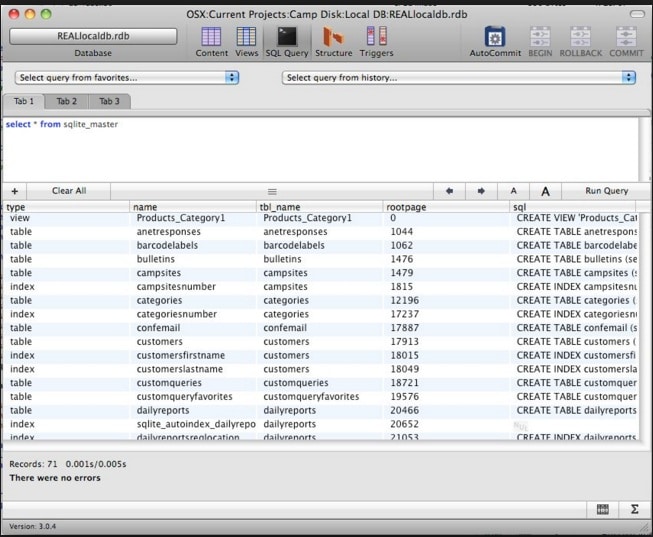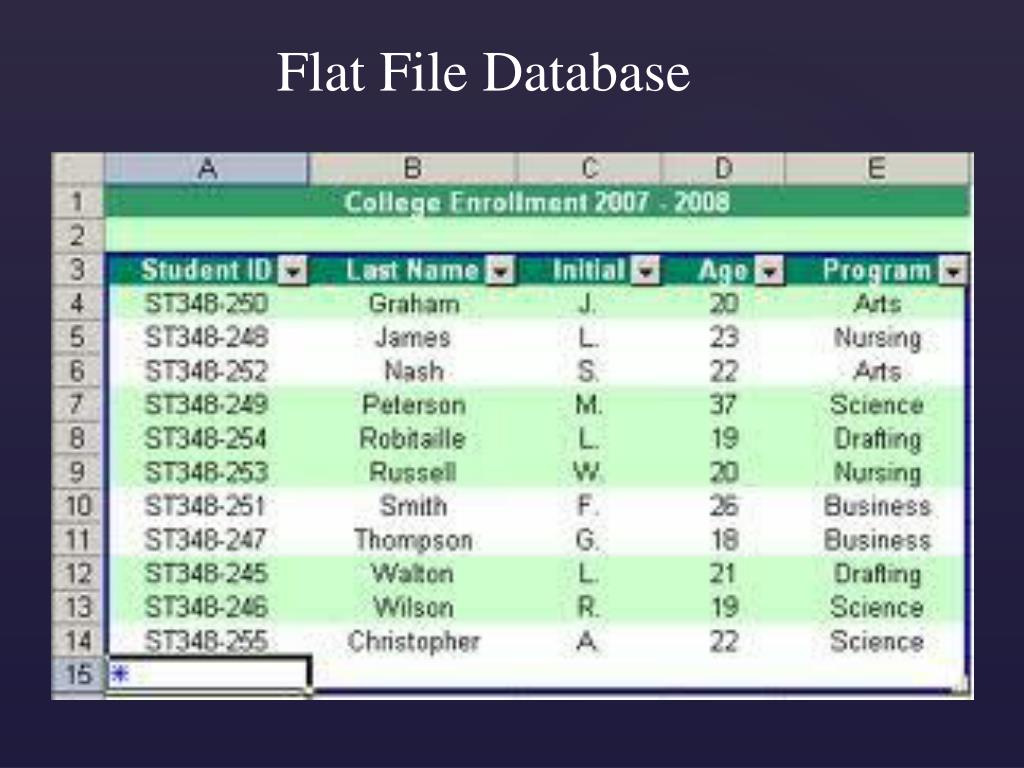

The Add Existing, Discover, and Convert Metadata buttons.These buttons allow you to select the file to profile. The Add Data Source and Edit Source Option buttons.The display where the selected file to profile will be shown.The first part of the wizard is the input selection page, which is comprised of a few different elements: Key statistics - such as data counts, aggregates, field lengths, minimum and maximum values - plus fuzzy string matches and patterns, are now readily available and covered in the how-to introduction that follows. Using a graphical wizard similar to the database profiler, it is now possible to scan files and forensically assess their characteristics. In other words, all IRI data profiling tools are free.

Similar profiling of data in flat files is now also in this GUI - which is free to all IRI software product users - and included in the free Lite edition of the IRI NextForm data migration product. IRI previously released dark (document) data and relational database profiling modules in the IRI Workbench GUI for all IRI software, built on Eclipse™. With the information profile processes produce, you can make decisions about data integration and analysis, migration and masking, etc.Īs with relational and modern data sources, awareness of the content and character of structured files helps data architects assess and improve the usability, quality, and security of these less sexy, but still mission-critical collections. Update Q2’19: IRI now provides a multi-file data class masking wizard for users IRI FieldShield (or Voracity), and just published this article to show how the DB profiling results below display in Splunk.ĭata profiling is the essential discovery process that helps you analyze, classify, cleanse, integrate, mask, and report on data in your repositories. Update: Q2’16: In addition to the flat-file profiling wizard in the data discovery menu group in IRI Workbench described below, IRI has introduced robust data classification that enables the application of field rules for multi-source data transformation and protection through data class libraries.


 0 kommentar(er)
0 kommentar(er)
